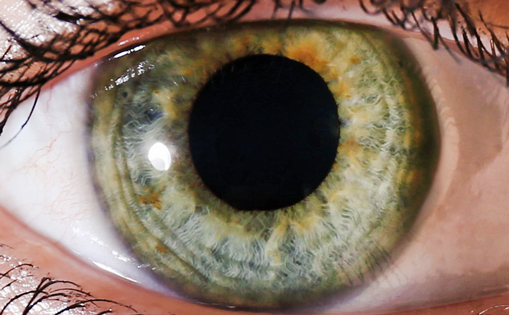An important change in the field of corneal surgery is the trend toward anterior and posterior lamellar transplants in place of penetrating keratoplasty. Leading the transition are the multiple forms of endothelial keratoplasty for the treatment of Fuchs’ dystrophy and aphakic and pseudophakic bullous keratopathy. This lamellar surgery is much less invasive with a lower incidence of sight-threatening complications and a lower morbidity, with more rapid visual recovery. The trend is toward ever-thinner posterior lamellar transplants and it can be anticipated that transplantation of Descemet’s membrane alone, with its attached endothelial cell layer, will soon dominate; perhaps in the future endothelial transplantation alone will become a reality.
In developing countries, trachoma with secondary trichiasis continues as a major cause of corneal blindness, and the resulting scarred and vascularized cornea responds poorly to penetrating keratoplasty, which in any case is rarely available. Prevention of this devastating cause of blindness is best accomplished with a combination of patient education, medical therapy, and lid surgery for secondary trichiasis before the cornea is irreversibly damaged.
Cataract surgery also continues to evolve, and again the theme is toward minimally invasive micro-incision surgery to progressively enhance safety and efficacy. Today, cataracts can be safely removed and replaced with an intraocular lens through incisions between 1 and 2mm. Coaxial and biaxial approaches are available for microincision phacoemulsification, with coaxial surgery domination in the US and biaxial in Europe. In addition, in the developing world, sutureless, small-incision, extra-capsular cataract extraction combined with intraocular lens implantation is gaining traction as the preferred approach. A low-cost multifocal intraocular lens would be a great benefit to the patient where access to spectacles is a rare luxury. For the glaucoma patient it is interesting that cataract surgery is also highly beneficial in lowering intraocular pressure (IOP). In the patient with a pressure of 25mmHg after medication washout, an IOP reduction of 6mmHg or more can be anticipated; this is a great advance in our knowledge. In addition, the not uncommon bleb failures following filtering surgery can be reduced with antimetabolites and treated with needling in the office. Many new minimally invasive alternatives to the classic trabeculectomy are advancing through early-stage development and are being adopted into clinical practice. The future promises genetic-based approaches to diagnosis, prognosis, counseling, and, eventually, treatment.
The advances in the diagnosis and treatment of age-related retinal disease are remarkable. Who among us could have predicted a decade ago that we would have an effective therapy for exudative ARMD? The primary age-related retinal causes of blindness in advanced countries remain ARMD, diabetic retinopathy, and vascular occlusion. In each of these, early diagnosis allows therapy that can reduce the risk of vision loss. Appropriate therapy still includes laser photocoagulation, which itself has evolved; however, medical therapy with intra-vitreal steroids and vascular endothelial growth factor inhibitors is playing an increasing role in our therapeutic armamentarium. Genetic testing can be anticipated to allow proactive determination of those at highest risk before disease presents and in the future gene-based therapy will likely dominate.
The following articles are timely and provide valuable information for the practicing ophthalmologist. I trust you will find the diverse content of US Ophthalmic Review a fascinating read.







